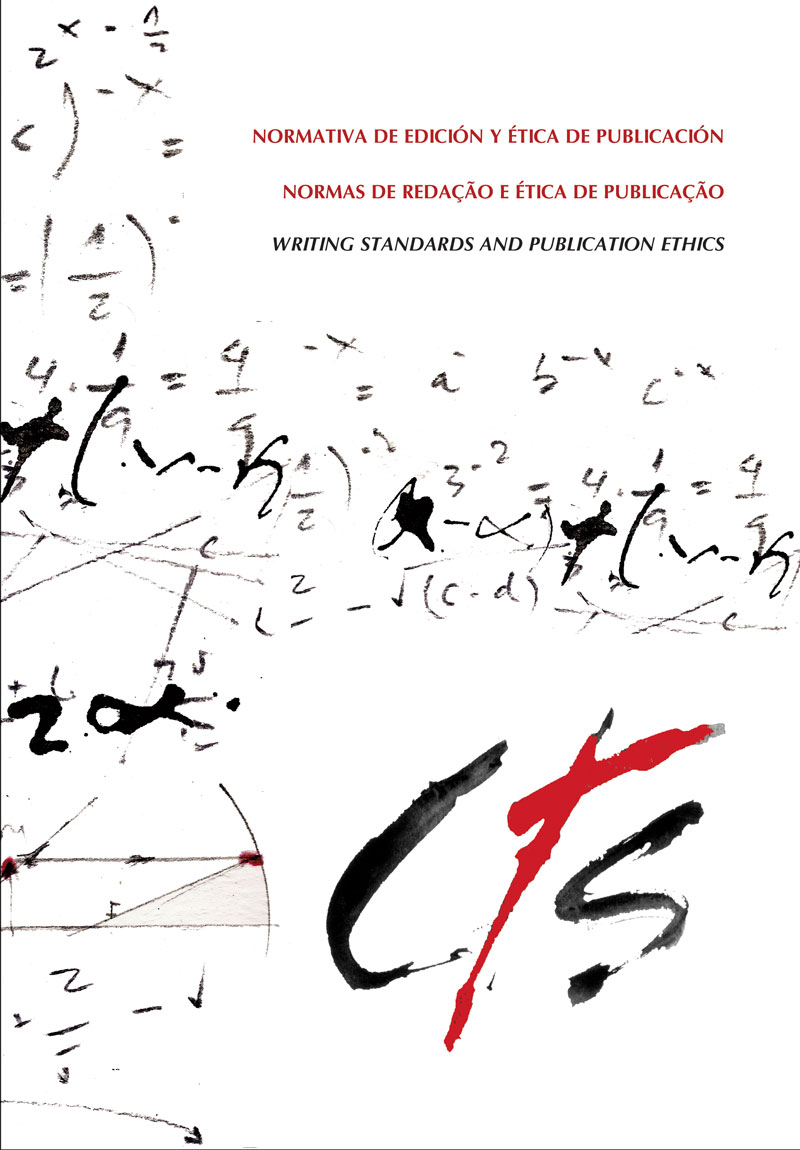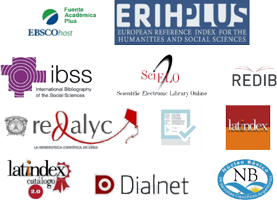Cybersecurity Needs Women, and Women Need Cybersecurity
DOI:
https://doi.org/10.52712/issn.1850-0013-553Keywords:
cybersecurity, digital violence, genderAbstract
This article addresses the intersection of cybersecurity, digital violence and gender, with the aim of exploring challenges and opportunities in today's digital landscape. The lack of female representation in cybersecurity, with only 11% of roles filled by women, raises questions about diversity in a critical industry. Simultaneously, cyberviolence against women emerges as a growing concern, impacting mental health and online participation. Challenges persist, including the lack of a feminist perspective in cybersecurity research. In technology workplaces, high levels of satisfaction among women contrast with wage and representation gaps, especially in cybersecurity. The low presence of women in this field affects research and limits the understanding of potential forms of technological abuse. Addressing these issues from a gender perspective is essential to building a more equitable and secure digital environment. This article reflects a call to action to foster diversity in cybersecurity and promote inclusive solutions in digital research and policy.
Downloads
References
Christofferson, D. A. (2018). Women in security: Changing the face of technology and innovation. Greenwood Village: Springer. Recuperado de: https://link.springer.com/book/10.1007/978-3-319-57795-1.
Comisión de las Naciones Unidas para la Banda Ancha (2015). Combatir la violencia en línea contra las mujeres y las niñas: una llamada de atención al mundo.
European Institute for Gender Equality (2022). Gender-based violence. Combating Cyber Violence against Women and Girls. Luxemburgo: Oficina de Publicaciones de la Unión Europea. Recuperado de: https://eige.europa.eu/sites/default/files/documents/combating_cyber_violence_against_women_and_girls.pdf.
(ISC)2 (2018). Women in Cybersecurity: An Cybersecurity Workforce Report: Young, educated and ready to take charge. Recuperado de: https://media.isc2.org/-/media/Project/ISC2/Main/Media/documents/research/ISC2-Women-in-Cybersecurity-Report.pdf?rev=d9c1e6269f8d43b19ee8fae5972a1bf5.
Núñez Puente, S. & Sánchez Hernández, M. F. (2011). Prácticas del Ciberfeminismo: Uso y creaciones de identidades en la red como nuevo espacio de relación. Instituto de la Mujer: Madrid. Recuperado de: https://www.inmujeres.gob.es/areasTematicas/estudios/serieEstudios/docs/practicasCiberfeminismo.pdf.
Observatorio Nacional de Tecnología y Sociedad (2022). Violencia digital de género: una realidad invisible. Ministerio de Asuntos Económicos y Transformación Digital. Recuperado de: https://www.ontsi.es/sites/ontsi/files/2022-07/_violenciadigitalgenero_unarealidadinvisible_2022.pdf.
Organización de las Naciones Unidas (2021). ‘‘Bodyright’ campaign launched, to end rise in gender-based violence online. UN News, 2 de diciembre. Recuperado de: https://news.un.org/en/story/2021/12/1106972.
Palmer Padilla, F. J. (2024). Seguridad y riesgos: Cyberbullying, Grooming y Sexting [Trabajo final de maestría]. Barcelona: Universidad Oberta de Catalunya. Recuperado de: https://openaccess.uoc.edu/bitstream/10609/67105/6/fpalmerpTFM0617memoria.pdf.
Secretaría General de la Organización de los Estados Americanos (2021). La violencia de género en línea contra las mujeres y niñas: Guía de conceptos básicos, herramientas de seguridad digital y estrategias de respuesta. Recuperado de: https://www.oas.org/es/sms/cicte/docs/Guia-conceptos-basicos-La-violencia-de-genero-en-linea-contra-las-mujeres-y-ninas.pdf.
Standard Chartered & Cyber Women Community (2022). Women in IT and Cybersecurity.
Downloads
Published
How to Cite
Issue
Section
License
Copyright (c) 2024 CC Attribution 4.0

This work is licensed under a Creative Commons Attribution 4.0 International License.
All CTS's issues and academic articles are under a CC-BY license.
Since 2007, CTS has provided open and free access to all its contents, including the complete archive of its quarterly edition and the different products presented in its electronic platform. This decision is based on the belief that offering free access to published materials helps to build a greater and better exchange of knowledge.
In turn, for the quarterly edition, CTS allows institutional and thematic repositories, as well as personal web pages, to self-archive articles in their post-print or editorial version, immediately after the publication of the final version of each issue and under the condition that a link to the original source will be incorporated into the self-archive.











